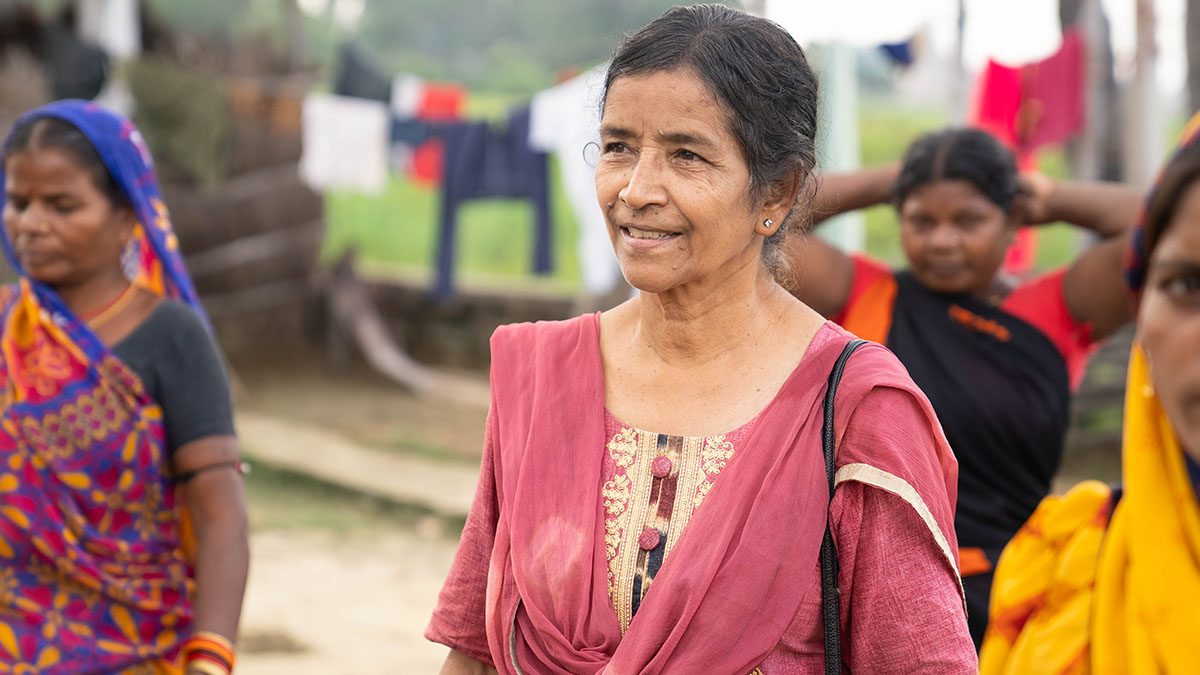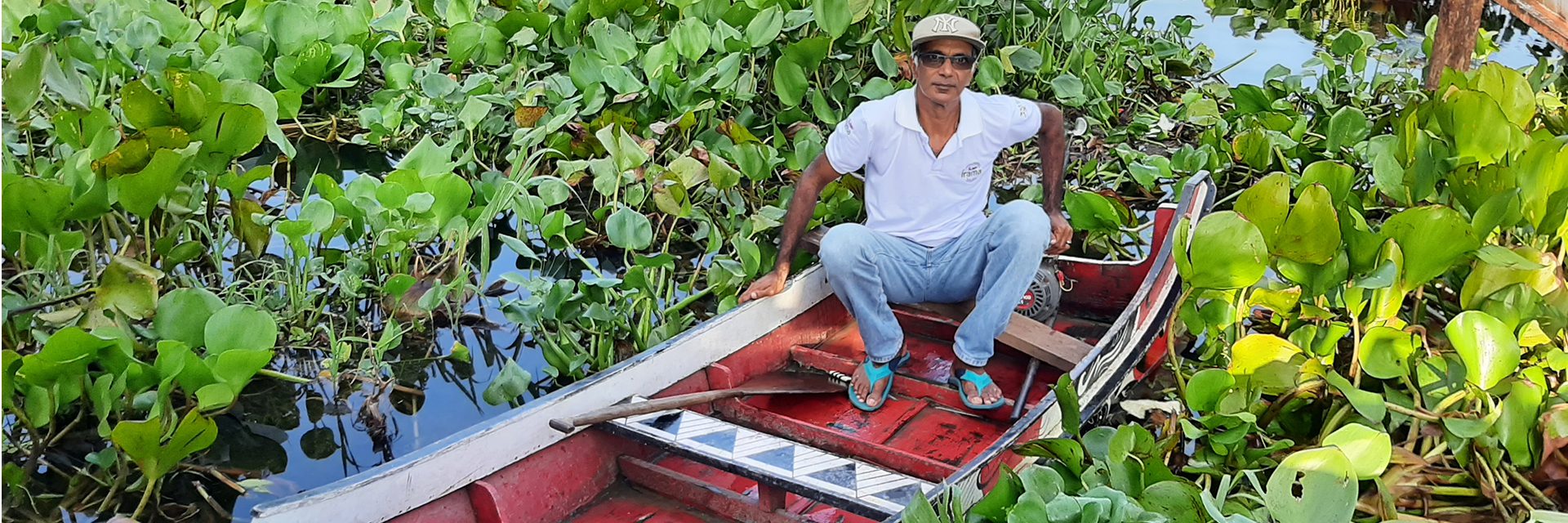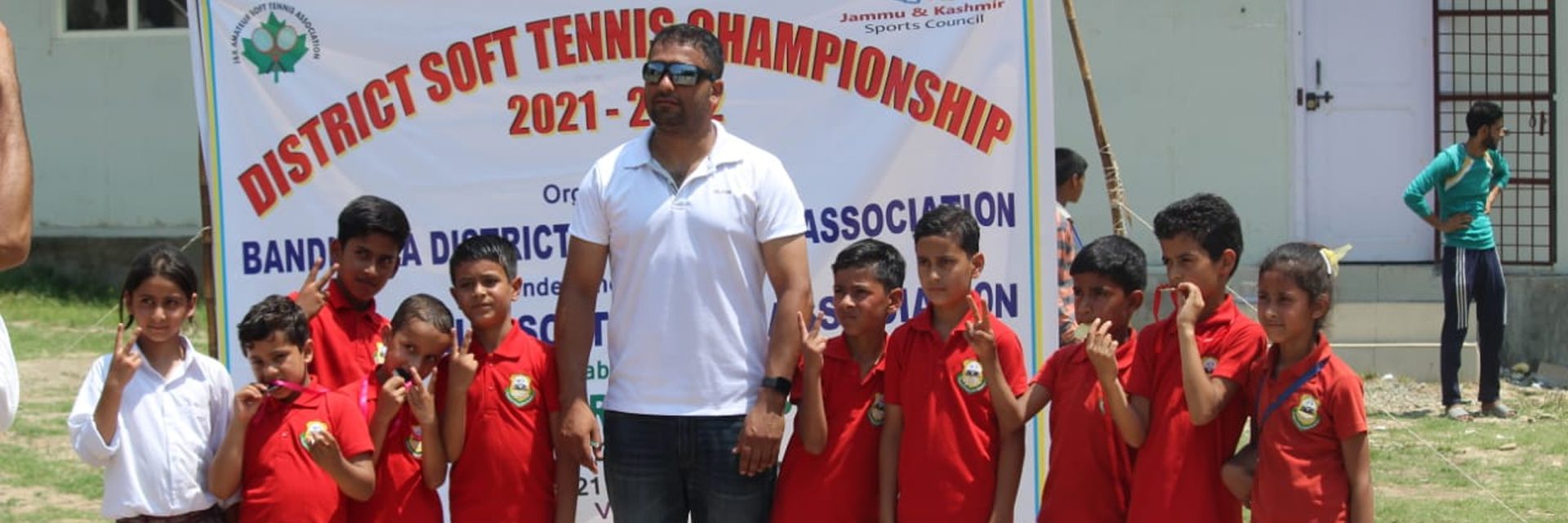(April 12, 2022) Motivational speaker, spiritual healer, philanthropist, performance coach, and yoga instructor – there are many hats that Nupur Tewari dons. A journey that started in West Bengal’s Murshidabad district traversed many cities to find a home in Japan with her husband and daughter. There, this introspective soul founded HealTokyo, that helps people through yoga, meditation, positivity, and teachings from the Bhagavad Gita. Her wings spread to other countries as well, and Tewari was recognised for her efforts by the United Nations too.
Rooted in Indian culture, Nupur has been spreading Indian culture in Japan through dance, yoga, food, and festivals. Her efforts have earned her the title of ‘unofficial ambassador of Japan’. “My family practiced yoga, and taught us lessons from the Bhagavad Gita. I grew up with those values. Since childhood, I wanted to do something for the community. Japan didn’t need money, but several people needed healing, and that was exactly what I could provide. So, I began free yoga sessions and counselling en masse to help the grief-stricken crowds,” shares Nupur in an interview with Global Indian.
Testing times
For a girl, who wanted to do something in life, growing up in a small village wasn’t easy. Nupur walked four kilometers to school, and studied under the dim glow of a night lamp, as her village did not have electricity. The Nupur of today took those hardships and turned them around. She schooled at a Bengali-medium, and struggled with English, today though she is fluent. “I had very low self-esteem as a child,” shares Nupur, adding, “I was always lost in my own world, and was very shy. I always thought I was different from everyone else. Unlike other girls in my class, I wanted to explore the world outside my small village.”

Nupur Tewari
Although many girls in her village were married off early, she didn’t give up on her dreams of a good education. After completing her tenth, Nupur moved to Behrampur to study further. “It wasn’t an easy shift. I could hardly speak English while other students were fluent. My clothes were traditional too. I felt out of place,” shares the motivational speaker, adding that there would be times she would pretend to read something just to avoid conversations with her classmates.
A chance meeting that changed her life
During this time, an incident shook her. A man, who wanted to marry Nupur, pushed her into a drain after being rejected by her. To keep her safe, her parents sent Nupur to her grandparents in Berhampore. There Nupur did her undergrad in tourism and management from Calcutta University. Although she wanted to work, her family was against it. They wanted her married off. “It was my mother who helped me move out. I left for Kolkata, where I got a job at a hospitality firm,” says the spiritual healer.

Nupur Tewari with her mother
In the Land of the Rising Sun
Within months of shifting to Kolkata, Nupur landed a job at Mitsubishi, and her hard work and perseverance got her an opportunity in Japan in 2003. The spiritual healer found a new home in Japan. Its rich and welcoming culture gave her a sense of belonging, and soon she started incorporating Indian culture into Japanese lives at the International Centre. “History suggests that King Ashoka of Magadh had sent ambassadors to Japan. I feel I might have been one of them because I was right at home as soon as I arrived in Japan. I already had a connection with the land, and felt so liberated,” Nupur shares.

A HealTokyo yoga class in session
Making yoga, music, and dance come alive at the International Centre in Tokyo, when Japan crumbled under the devastating Kumamoto earthquake in 2015, Nupur knew she had to do something to help the common people. “Many people lost their homes, livelihood, and loved ones. I began free yoga sessions and counselling. Every session had a voluntary donation box into which anyone could contribute, all proceeds directed towards rehabilitation,” she shares.
Giving back to the community
The great response saw Nupur start the HealTokyo movement in 2017 to help combat the worrying yet increasing suicide rates, and the overtly anxious atmosphere in Tokyo. The spiritual healer conducts one session weekly, which is attended by at least 30 people. In 2018, Nupur also initiated the HealIndya movement by renovating a school in Aligarh and providing students with stationery, books, and uniforms. “I had faced many struggles in my childhood, and I did not want any other child to go through that,” she says.
View this post on Instagram
Her efforts were recognised by the United Nations, and she was appointed to help Sri Lanka mentally recover from the devastating effect of floods and other natural calamities. She organised several yoga sessions, collecting about Rs 70,000, which was donated to help people rebuild their lives in Sri Lanka. Many foundations, including the Global MICE, India Star Book of Records, and the Nargis Dutt Foundation also appreciated and recognised her efforts.

Nupur Tewari with her daughter, Mihika
Nupur, who loves to spend time with her family whenever she gets some time, is a proud mother of a 13-year-old Mihika. “She is an amazing person, and I am very proud to be her mother. Even at a young age she is kind and takes care of everyone,” shares Nupur. Currently, Nupur is working on introducing the Japanese way of learning in an Aligarh school, the roots of which lie in self-empowerment – from cleaning rooms, polishing shoes, and training to be self-sufficient.




